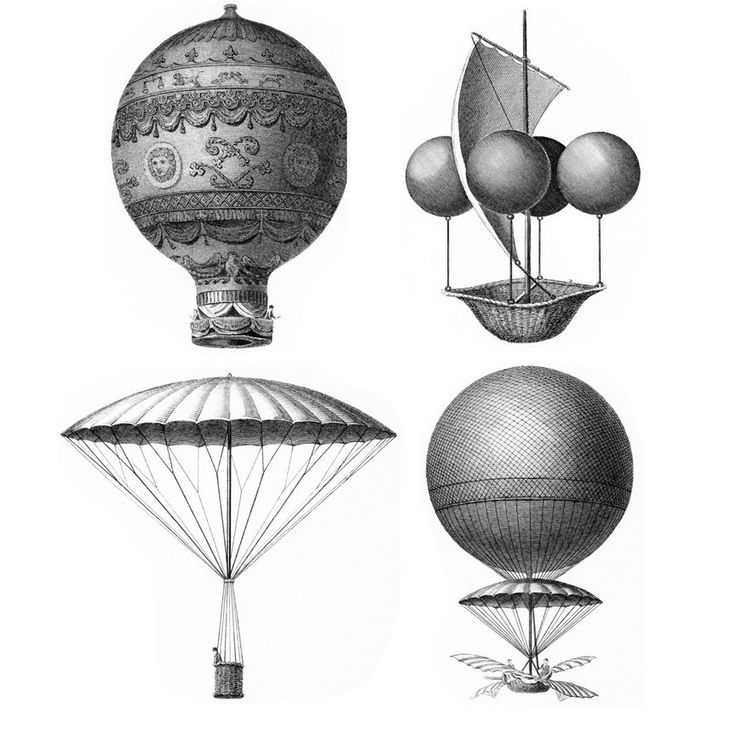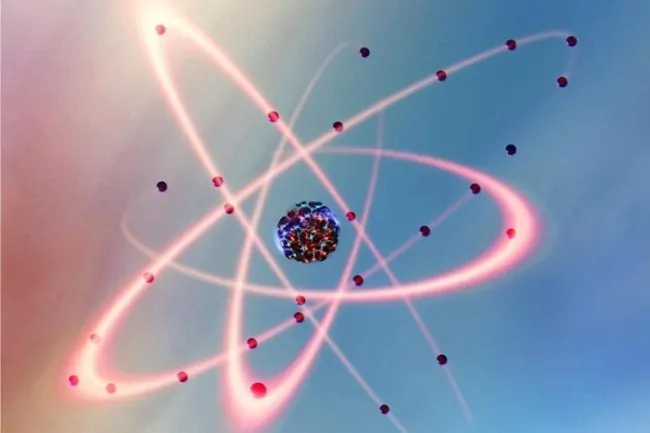Get Tech Tips
Subscribe to free tech tips.
Gas Law Concepts for HVAC/R

If you went to school and learned the “gas laws” early on, you probably thought it seemed LAME. Then, later, things like mass flow rates, airflow conversions, and compression ratios seemed HARD.
Well…
It's because HVAC is hard if you don't understand the concepts behind the gas laws, even if you never learn to do the math.
First, we need to make sure and define some words so that we are all on the same page. Don't skim over this part unless you are really sure you understand what these words mean.
Terms to know
Matter – Matter is “stuff;” it's anything that has weight and takes up space.
Mass – You can think of it as the same as weight for most purposes; it is a measurement of how much “stuff” there is.
Volume – How much space the stuff takes up.
I always think of volume as “boxes” and mass as “the stuff in the box.” The box defines the space, but you can't tell how much stuff is in the box until you try to pick it up or weigh it.
Density – Measures the “compactness” of matter. The denser something is, the more mass it will have by volume. If you let a sponge take its natural shape, it is less dense than when you ball it up in your fist and becomes denser.
Temperature – The average intensity of heat energy at that point. It is literally the average molecular velocity of the stuff you are measuring.
Pressure – The force exerted on, in, or by matter.
In HVAC/R, we are constantly dealing with concepts contained in the “ideal gas law,” which informs us of how matter and contained environments respond to changes in temperature, volume, pressure, and mass. Several gas laws are often taught, but they are all combined in the ideal gas law to bring it all together. We will get back to the ideal gas law shortly, but we need to understand a bit about systems first.
Whenever you think about matter and energy, it is important to consider whether the situation you are observing or testing is an open, closed, or isolated system.
Open System
An open system allows both matter (mass) and energy to move in and out of a system. You can think of this as an open pot of water where water molecules can leave or enter through the top, and energy can also enter and leave through the top and the walls of the pot.
Closed System
A closed system can allow energy to enter and leave, but the mass of the matter remains fixed. This is like a pot of water with a lid tightly sealed on the top or, for our purposes, the refrigerant sealed inside an air conditioning system.
Isolated System
An isolated system is a system that can neither transfer matter (mass) nor energy in and out. This would be like a cooler full of cold beer with a top tightly sealed and perfect insulation that would never let any heat in or out. In practice, this is impossible, but if it were possible, the beer would never change temperature once the temperature stabilized inside.
If we take an open system like an open pot of water or a lake and we heat it, the water molecules on the surface begin to break free and move away as they evaporate. That leaves the surface below a little cooler as those high-energy molecules leave. The lake or pot doesn't pressurize when the molecules leave because the system is open to the atmosphere.
Now, if we add heat in a closed system like a pressure cooker, the entire system begins to pressurize as the water evaporates and then boils. Energy is being added, but the mass can't change; this leads to increases in the pressure and temperature inside the pot. If we keep adding more and more heat without pressure relief, the pot will either explode or melt.
This quick clip from Mythbusters shows what can happen in a closed system when energy is added to a water heater until it fails:
What is an ideal gas?
An ideal gas is a gas that obeys the ideal gas law; it’s ideal because it’s good at following rules. These ideal gases walk in a straight line, don’t run on the playground, and never fish without a proper permit. More like an ideal gas behaves predictably with changes in volume, pressure, temperature, and mass.
The problem is, a truly “ideal” gas really doesn’t exist.
While many gases behave close to ideal at normal temperatures, no gas obeys the ideal gas laws in all conditions.
The ideal gas law is –

P= Absolute Pressure (gauge pressure + atmospheric pressure)
V = Volume (How much space the gas occupies)
n = Mass measured in “moles” (the number of molecules)
R = The universal gas constant (varies depending on the units of measure being used Example: [lbf ft/(lb mol oR)]= 8.3145 )
T = Absolute Temperature (temperature in a scale that starts at absolute zero like Kelvin or Rankine)
As such, many gases that we work with behave nearly the same way with changes in mass, volume, temperature, and pressure. This is the case because the primary force at play in a nearly ideal gas like nitrogen or CO2 is simply the velocity of the molecules bouncing around in the container and against one another like tiny little ping-pong balls.
If the molecules react or interact with one another through attraction or repulsion due to their intermolecular forces, they can cease to behave as an ideal gas. A perfect example is when a gas is in contact with its liquid form (saturation), it no longer obeys the gas laws. This is why most gasses behave more and more like an ideal gas as they get hotter (within a range). The hotter they are, the greater the force of molecular velocity (temperature) will be relative to the intermolecular interaction of the molecules.
From a practical standpoint, understanding the relationships between temperature, pressure, volume, and mass in contained (closed) environments like an HVAC refrigerant circuit and uncontained (open) environments like the air outside are really helpful.
The most practical application is:
A decrease in temperature causes a decrease in pressure, or a decrease in pressure causes a drop in temperature. An increase in either will result in the opposite effect.
Why Does it “Matter” (Pun Intended)
In HVAC/R, we must understand the impacts of changes in temperature, pressure, volume, and mass inside the system.
When we add or remove refrigerant, we change the refrigerant mass, impacting the pressures and temperatures. When one system has a smaller condenser coil than another, the decrease in internal volume will increase the pressure and temperature if the refrigerant mass is the same.
Also, when the air passing over an evaporator coil is colder, the pressure in the coil will be lower because the gas laws teach us that a decrease in temperature equals a decrease in pressure.
All of these factors are interconnected, and if you don't understand the gas laws, you won't understand how they impact one another.
Here's one for the nerds!
—Bryan
P.S. – If you would like to learn about practical applications of gas laws, please check out our article on the subject.
P.P.S. – Rachel Kaiser's 4th Annual HVACR Symposium session was about rethinking the gas laws. You can learn more about her session and watch it with the purchase of a $22 virtual ticket HERE.











Comments
To leave a comment, you need to log in.
Log In